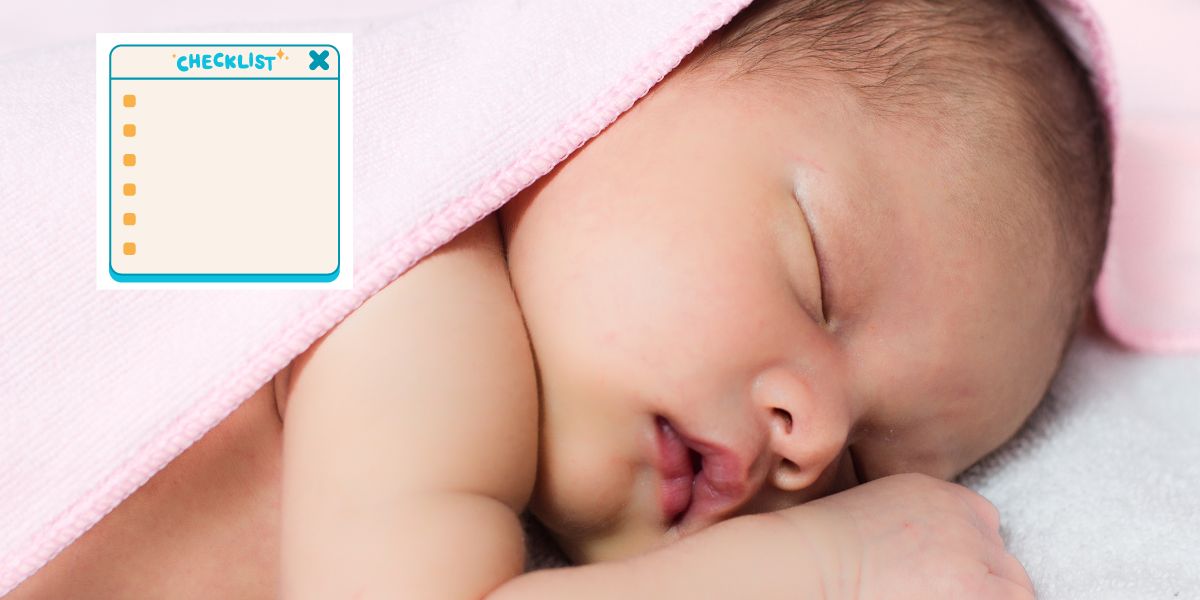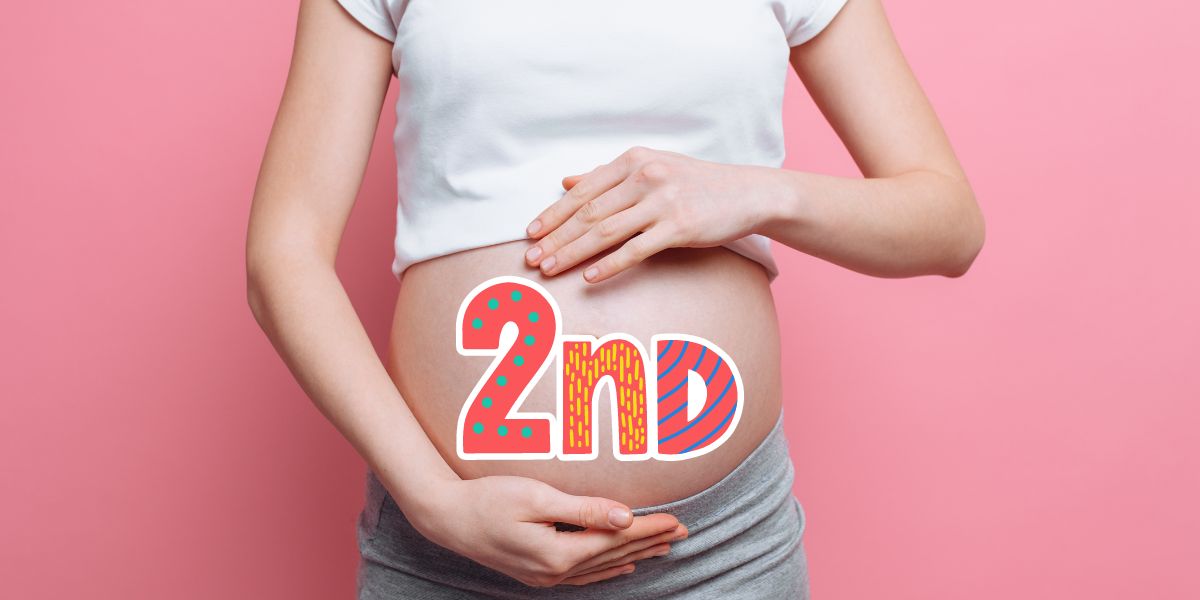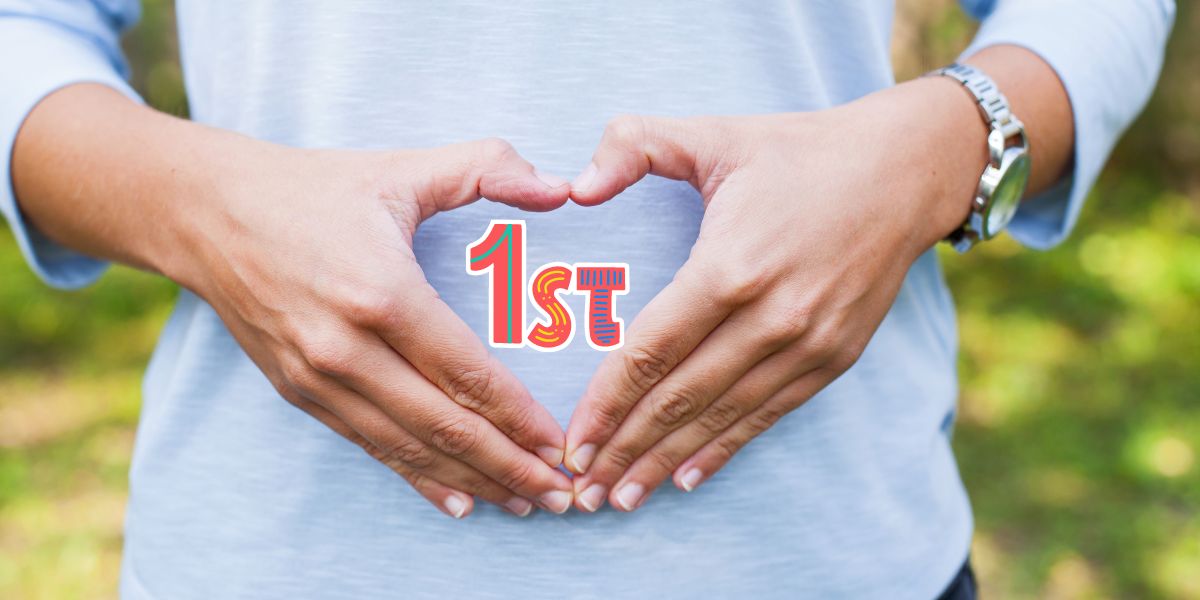A baby is considered fully developed at the end of week 37. It is only a matter of time before birth. Researching and understanding what to expect during the third trimester can help reduce any potential anxiety during the final stages of pregnancy.
Changes that occur in the body in the third trimester of pregnancy
In the third trimester, a woman may experience more pain and swelling than the first and second trimesters. A pregnant woman may also begin to worry about childbirth. Other events that occur during the third trimester include:
- Lots of movement by the child.
- Random uterine contractions called Braxton Hicks contractions, which are entirely unexpected and usually painless.
- Frequent going to the bathroom.
- Heartburn.
- Swelling in the ankle, fingers, or face.
- Hemorrhoids.
- Breast swelling and watery milk leakage.
- Difficulty sleeping.
You should contact a doctor immediately in the following cases:
- Painful contractions with an increase in intensity and frequency.
- Bleeding at any time.
- A sudden decrease in a child’s activity.
- Severe swelling.
- Rapid weight gain.

Developments of the fetus during the third trimester of pregnancy
- At around week 32, your baby’s bones are complete.
- Baby can now open and close his eyes and sense light.
- The child’s body will store minerals such as iron and calcium.
- By week 36, the baby should be stable in the womb (head down).
● If the baby does not move into this position, the doctor may try to move the fetus or recommend a cesarean section. - After week 37, the baby is fully developed, and its organs are ready to work independently.
- According to the Office of Women’s Health, the fetus is now 19 to 21 inches long and may weigh between 6 and 9 pounds.
Ways to maintain good health during the third trimester of pregnancy
The mother needs to be aware of what to do and what to avoid as the pregnancy continues to take care of herself and her growing baby, as the mother should:
- Continue to take prenatal vitamins.
- Maintain activity and movement unless she has swelling or pain.
- Doing pelvic floor exercises (through Kegel exercises).
- Eat a diet rich in fruits, vegetables, and foods low in fat, protein, and fiber.
- Drink plenty of water.
- Eat enough calories (about 300 calories more than usual per day).
- Maintain walking.
- Maintaining the health of teeth and gums.
- Get plenty of rest and sleep.
Forbidden in the third trimester of pregnancy
- Strenuous exercise or strength training can cause stomach injury.
- Not drinking alcohol.
- Reduce your caffeine intake (no more than one cup of coffee or tea a day).
- Non-smoking.
- Avoid illegal drugs.
- Avoid raw fish or smoked seafood.
- Avoid shark, swordfish, mackerel, and white snapper (they have high levels of mercury)
- Do not eat uncooked Brussels sprouts or cabbage.
- Avoid cat litter, which can carry the parasite that causes toxoplasmosis.
- Avoid unpasteurized milk or other dairy products.
- Avoid cold meats or sausages.
- Avoid the following medications: Accutane for acne, acitretin, thalami for psoriasis, and ACE inhibitors for high blood pressure.
- If applicable, long-distance car trips and flights (after 34 weeks, airlines may not allow you to board the plane due to the possibility of an unexpected birth on board).
- If travel is necessary, stretch your legs and walk around at least every hour or two.

Healthy nutrition for pregnant women in the last months
Many rules must be observed when talking about healthy nutrition for pregnant women in the last three months of pregnancy, and these rules include:
- Continuing to distribute the meals to three medium-sized and two small meals between them, taking care not to reach full satiety, just as we used to at the beginning of pregnancy.
- Follow a diet of 2000 to 2200 calories daily, relying on natural vegetables and fruits.
- Continuing to take nutritional supplements suitable for pregnant women, whether multivitamins for pregnant women or dietary supplements your body especially needs, as in cases of anemia or calcium deficiency.
- Also, follow up regularly and perform periodic examinations and tests based on your doctor’s recommendations.
- Rely on whole grains as a source of carbohydrates and limit their quantity.
- Reducing fats in the cooking process, relying on healthy fats, such as ghee or olive oil, and preferably depending on grilled or boiled foods.
- Attention to drinking adequate water during pregnancy, not less than two and a half liters in summer and two liters in winter.
- Do some physical activity at this stage, such as preparing the body for the natural birth process, walking for half an hour a day, or swimming three times a week, and you can start practicing breathing exercises in preparation for birth.
Food quality in the third trimester of pregnancy
● Make sure to eat at least 2 to 3 cups of fruit daily, 3 cups of vegetables daily, 225 grams of whole grains such as brown bread, and 185 grams of lean protein, and drink 3 cups of low-fat milk or yogurt (yogurt). ).
● Also, eat nuts, beans, legumes, and eggs to diversify your protein sources.
● And if you don’t like drinking milk, you can make a smoothie with fruit and milk to make it easier to accept.

The health of the pregnant woman and fetus in the third trimester of pregnancy
The period of gestation from fertilization of the egg until birth extends to 40 weeks, and according to the changes that occur in the pregnant woman and the growth and development of the fetus, this period is divided into three stages:
- The first stage lasts until the 12th week.
- The second stage extends from the 13th to the 28th week.
- The third stage extends from the 28th week until birth (the 40th week).
- Each stage is essential for the changes in the pregnant woman’s body and the growth and development of the fetus.

Changes in the third trimester of pregnancy
- The pregnant woman feels an increase in the size of the abdomen and breasts in the 3rd trimester, false uterine contractions, an increase in the number of urination times due to pressure of the uterus on the bladder, and the lowering of the tip of the upper abdomen in the last weeks, which indicates the descent of the fetus to a low level in the pelvis in preparation for its exit.
- The movement of the fetus increases to complete its growth and increase its vitality, and the head is directed down or up, defining the method of birth.
- The baby’s length is 45-50 cm, weighing about 3 kg.
Fetal movement:
- The pregnant woman is supposed to feel the movement of the fetus every day, not an hourly condition, as fetuses have sleep cycles while they are in their mothers’ wombs, and it may last for two hours or more, during which their movement is minimal and imperceptible.
- The mother can stimulate the activity of her fetus by eating a snack or drinking juice, which will make him more active and moving.
- But if she still does not feel the movement of her fetus, she should consult a doctor to ensure the fetus’s health by listening to his heartbeat.
- Skin color change: is it normal? Yes, some areas of a pregnant woman’s skin change to a darker color in the 3rd trimester, such as the nipples, the face area, and the pubic area, and then usually lighten after childbirth.
Having intimate relationships in the third trimester of pregnancy
● Having sex during the last three months, is it safe? Sex is essential for a couple to maintain intimacy and is a normal and healthy activity during pregnancy.
● Practicing intimate relations between spouses throughout pregnancy is safe unless the doctor advises not to practice it for specific reasons in pregnancy, such as the presence of complications such as bleeding, placenta previa, or rupture of membranes near childbirth.
● In the event of fear and anxiety about the possibility of infection with one of the sexually transmitted diseases from the husband, the husband should use a condom.
● Some pregnant women experience discomfort, pain, and abdominal cramping during private practice with their husbands.
● This occurs because the cervix is affected, which leads to uterine spasms. This is normal and has no effect on the child or fear of childbirth; you can mitigate this by taking certain positions that reduce the depth of the penis into the vagina.

Does nausea occur in the third trimester of pregnancy?
- Morning sickness has returned in recent months.
- Nausea often returns in the last trimester of pregnancy due to the large size of the uterus, which presses on the stomach and displaces it from its normal place, delaying emptying the stomach’s contents, which leads to nausea. The pregnant woman feels heartburn with symptoms of nausea for the same reason.
- A pregnant woman may complain of a lot of gas in her stomach and an increase in the number of urination times, as it was at the beginning of pregnancy, which is expected in the 3rd trimester, and the reason is that the fetus moves down the pelvis in preparation for birth.
- In addition to the feeling of tightening in the abdominal area and the beginning of light cramps and cramps (false labor), then turning them into painful contractions, and it may be a sign of childbirth.
Conclusion
The 3rd trimester of pregnancy or third trimester of pregnancy lasts approximately 40 weeks. The third trimester includes weeks 28-40 of pregnancy and is physically and emotionally challenging for pregnant women.





